Unleashing the Power of IoT: Transforming Homes Cities and Industries

Unleashing the Power of IoT: Transforming Homes Cities and Industries
Introduction:
Welcome to the dawn of a connected world, where devices communicate, homes adapt, cities evolve, and industries thrive with the aid of the Internet of Things (IoT). In this exciting era, IoT has revolutionized the way we live, work, and interact with the world around us. Join us on a captivating journey as we explore how IoT is transforming homes, cities, and industries, unraveling the potential benefits and challenges that come with this connected revolution.
To start with, let’s look at the meaning of IoT.
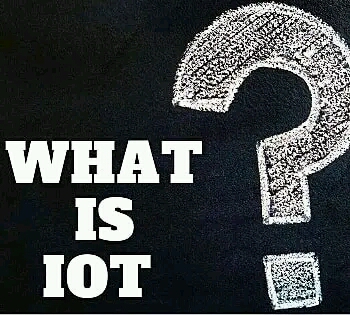
What Is IoT?
IoT stands for the Internet of Things. It refers to the network of physical objects, devices, vehicles, buildings, and other items that are embedded with sensors, software, and connectivity, allowing them to collect and exchange data over the internet.
The internet of things, or IoT, is a system of interrelated computing devices, mechanical and digital machines, objects, animals or people that are provided with unique identifiers (UIDs) and the ability to transfer data over a network without requiring human-to-human or human-to-computer interaction.
A thing in the internet of things can be a person with a heart monitor implant, a farm animal with a biochip transponder, an automobile that has built-in sensors to alert the driver when tire pressure is low or any other natural or man-made object that can be assigned an Internet Protocol (IP) address and is able to transfer data over a network.
Increasingly, organizations in a variety of industries are using IoT to operate more efficiently, better understand customers to deliver enhanced customer service, improve decision-making and increase the value of the business.
In simple terms, it is the concept of connecting everyday objects to the internet, enabling them to communicate and interact with each other, as well as with humans.
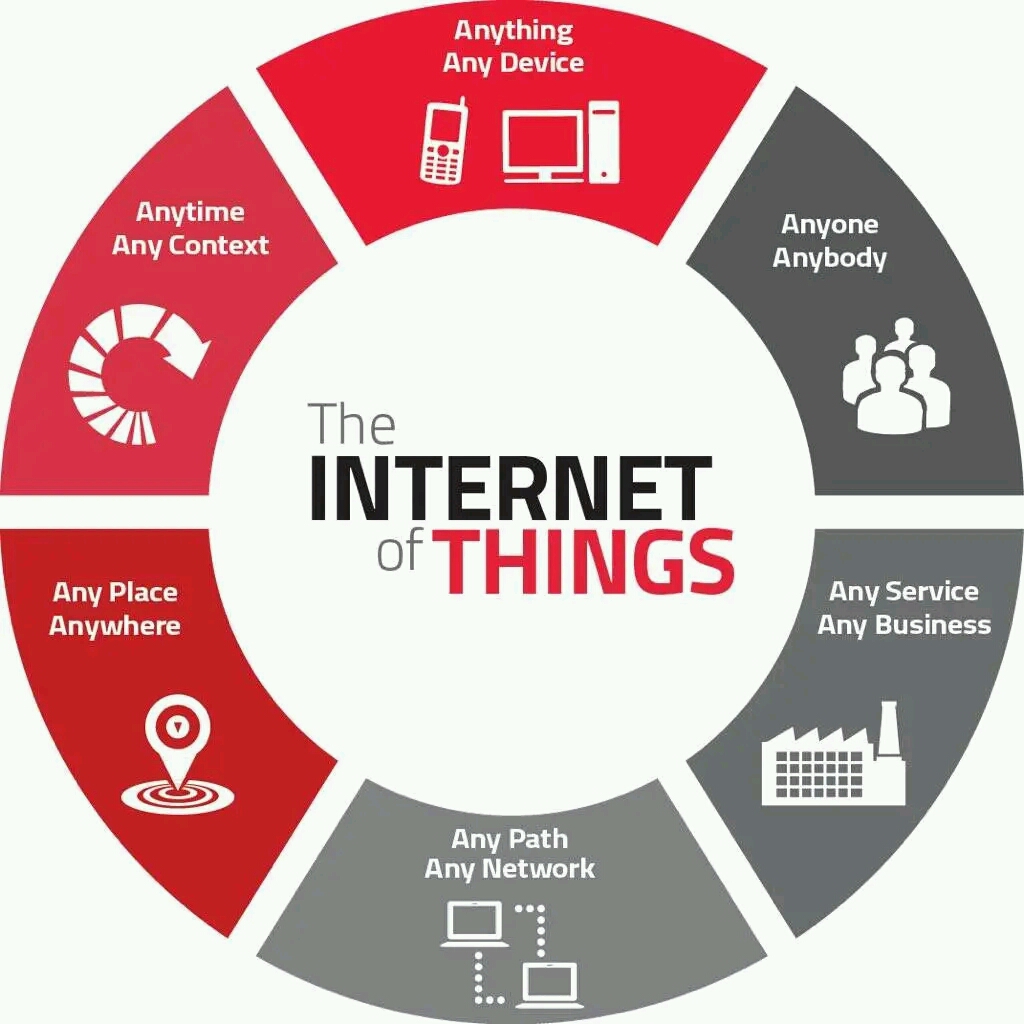
The key components of an IoT system include:
Things/Devices: These are the physical objects or devices that are equipped with sensors, actuators, and connectivity capabilities. Examples of IoT devices include smart thermostats, wearable fitness trackers, home security systems, and industrial sensors.
Sensors and Actuators: Sensors are used to collect data from the environment, such as temperature, humidity, light, motion, etc. Actuators, on the other hand, are used to perform actions or control physical processes based on the received data. For example, a sensor in a smart thermostat can measure room temperature, and an actuator can adjust the thermostat accordingly.
Connectivity: IoT devices need a means to connect to the internet to transmit and receive data. This can be achieved through various communication technologies such as Wi-Fi, Bluetooth, cellular networks, or specialized IoT protocols like Zigbee or LoRaWAN.
Data Processing: The collected data from IoT devices is processed and analyzed to extract meaningful insights. This can be done locally on the device itself or in the cloud using centralized servers or edge computing infrastructure.
Cloud Infrastructure: IoT systems often rely on cloud computing platforms to store and process large amounts of data. Cloud services provide scalability, real-time analytics, and remote access to IoT devices.
Applications and Services: IoT generates vast amounts of data that can be utilized in various applications and services. These can range from smart home automation and industrial monitoring to healthcare systems, agriculture, transportation, and more.
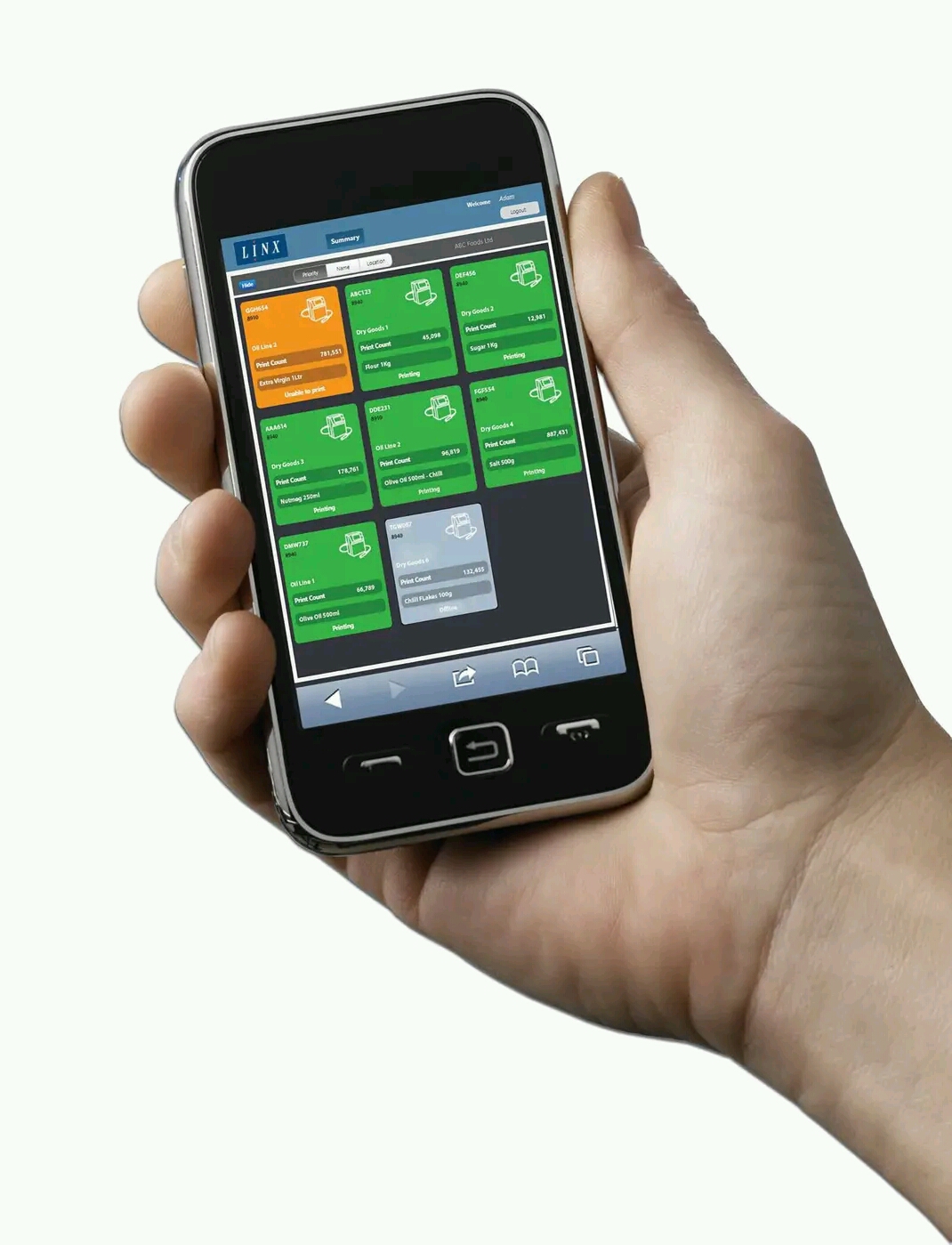
Unleashing the Power of IoT: Transforming Homes Cities and Industries
The Internet of Things has the potential to revolutionize many aspects of our lives, enabling greater automation, efficiency, and convenience. However, it also raises concerns related to data privacy, security, and the ethical use of the collected data.
IoT in Homes:
Imagine a home that anticipates your needs, adjusts the temperature, optimizes energy usage, and even orders groceries when you’re running low. IoT-enabled smart homes make this a reality. From smart thermostats and voice-activated assistants to connected appliances and security systems, the IoT has seamlessly integrated technology into our living spaces. Gain insights into the convenience, comfort, and energy efficiency IoT brings to our homes, while highlighting the importance of data privacy and security in this interconnected environment.
IoT in Cities:
Cities are undergoing a massive transformation, thanks to the integration of IoT. Smart cities leverage the power of interconnected devices to enhance efficiency, sustainability, and the overall quality of life for their residents. Explore the myriad applications of IoT in urban environments, from intelligent traffic management systems and smart lighting to waste management and public safety initiatives. Delve into the potential benefits of smart cities, such as reduced congestion, improved air quality, and optimized resource allocation, while examining the challenges associated with privacy, data management, and infrastructure requirements.
IoT in Industries:
IoT has permeated various industries, revolutionizing processes, increasing productivity, and unlocking new possibilities. Whether it’s manufacturing, healthcare, agriculture, or logistics, connected devices and sensors are streamlining operations, optimizing supply chains, and improving decision-making. Uncover the potential benefits of IoT in industries, including predictive maintenance, real-time inventory management, remote patient monitoring, and precision agriculture. Discuss the challenges faced by organizations adopting IoT, such as interoperability, data analytics, and cybersecurity concerns.
The Future of IoT:
As IoT continues to evolve, its impact will only grow more significant. The proliferation of 5G networks, advancements in artificial intelligence, and the emergence of edge computing will fuel the growth and potential of IoT applications. Speculate on the future possibilities of IoT, including smart transportation, immersive augmented reality experiences, and connected ecosystems that seamlessly integrate our physical and digital worlds. Highlight the importance of ethical considerations, regulatory frameworks, and collaborative efforts to harness the full potential of IoT responsibly.
Unleashing the Power of IoT: Transforming Homes Cities and Industries
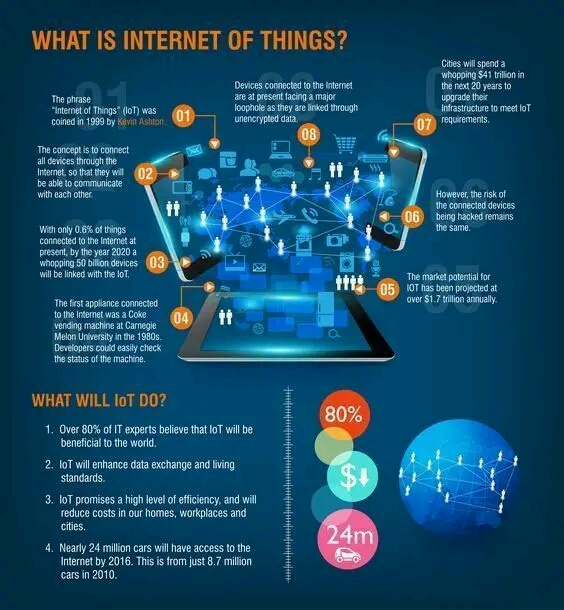
How Does IoT Work?
An IoT ecosystem consists of web-enabled smart devices that use embedded systems, such as processors, sensors and communication hardware, to collect, send and act on data they acquire from their environments. IoT devices share the sensor data they collect by connecting to an IoT gateway or other edge device where data is either sent to the cloud to be analyzed or analyzed locally.
Sometimes, these devices communicate with other related devices and act on the information they get from one another. The devices do most of the work without human intervention, although people can interact with the devices — for instance, to set them up, give them instructions or access the data.
Unleashing the Power of IoT: Transforming Homes Cities and Industries
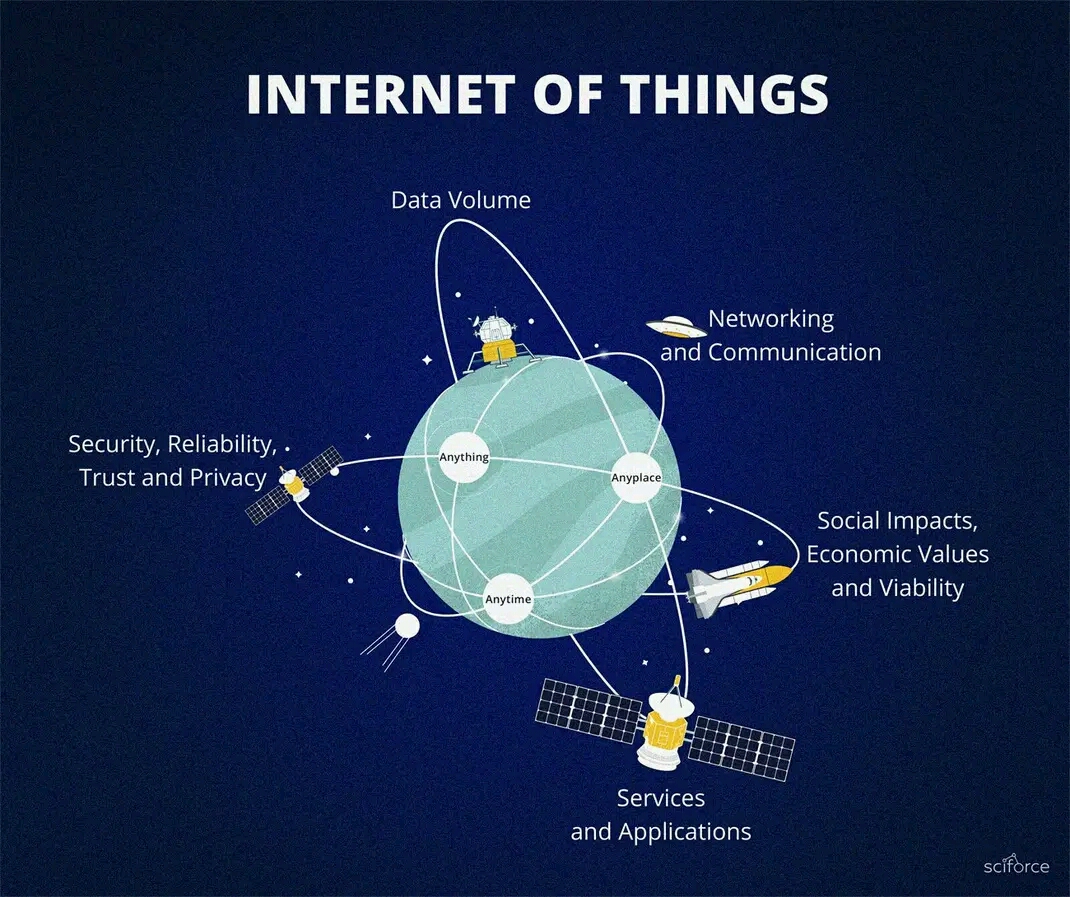
What Are The Benefits And Importance of IoT?
The Internet of Things (IoT) refers to the interconnected network of physical devices, vehicles, appliances, and other objects embedded with sensors, software, and connectivity, enabling them to collect and exchange data. The IoT has numerous benefits and plays a crucial role in various domains. Here are some of the key benefits and importance of IoT:
Improved Efficiency: IoT allows for real-time monitoring and control of devices and systems. It enables businesses to optimize their operations, streamline processes, and reduce wastage. For example, in manufacturing, IoT sensors can track inventory levels, monitor equipment performance, and automate maintenance, leading to improved efficiency and cost savings.
Enhanced Productivity: By connecting devices and enabling seamless data sharing, IoT facilitates automation and enables remote monitoring and management. This can lead to increased productivity in various sectors such as agriculture, healthcare, and logistics. For instance, IoT-powered agricultural systems can automate irrigation based on soil moisture levels, resulting in efficient water usage and higher crop yields.
Improved Safety and Security: IoT devices can be used to enhance safety and security in various environments. For example, in smart homes, IoT-enabled security systems can monitor and detect unauthorized access, fire, or gas leaks, and alert homeowners or authorities. Similarly, in industries, IoT-based surveillance systems can help in preventing accidents and ensuring worker safety.
Data-driven Insights: IoT generates massive amounts of data from connected devices, which can be analyzed to gain valuable insights. These insights can be used to make informed decisions, optimize processes, and drive innovation. For instance, in healthcare, IoT devices can collect patient data in real-time, enabling personalized care and remote monitoring of chronic conditions.
Improved Quality of Life: IoT applications can greatly improve the quality of life for individuals. Smart homes, wearable devices, and healthcare applications can provide personalized experiences and enable better self-management of health. IoT can also assist the elderly and people with disabilities by providing remote monitoring, assistance, and home automation.
Environmental Benefits: IoT can contribute to environmental sustainability. By monitoring and optimizing energy consumption in buildings, smart grid systems can reduce energy waste and promote renewable energy integration. IoT can also be used for environmental monitoring, such as tracking air and water quality, and detecting pollution sources.
Economic Growth and Innovation: The IoT market has immense potential for economic growth and innovation. It opens up new business opportunities, fosters entrepreneurship, and drives job creation. IoT technologies enable the development of new products, services, and business models across various industries.
READ ALSO : 48 Different Ways to Make Money on Facebook in 2023
Overall, the benefits and importance of IoT lie in its ability to improve efficiency, productivity, safety, and decision-making across sectors while enhancing the quality of life for individuals. By connecting the physical and digital worlds, IoT offers transformative capabilities with wide-ranging implications for businesses, governments, and society as a whole.
READ ALSO : 35 Weird Car Features You Might Not Know You Have
Conclusion:
The Internet of Things has ushered in a new era of connectivity, transforming homes, cities, and industries with its endless possibilities. From smart homes that adapt to our needs to intelligent cities that optimize resources, IoT has become an integral part of our daily lives.
READ ALSO : WHAT IS HONEYPOT AND USES?
However, along with the incredible benefits, we must address the challenges of privacy, security, and ethical concerns to ensure a sustainable and inclusive connected world. Let us embrace this revolution and shape the future of IoT, unlocking its potential to create a better tomorrow for all.
Comments are closed.